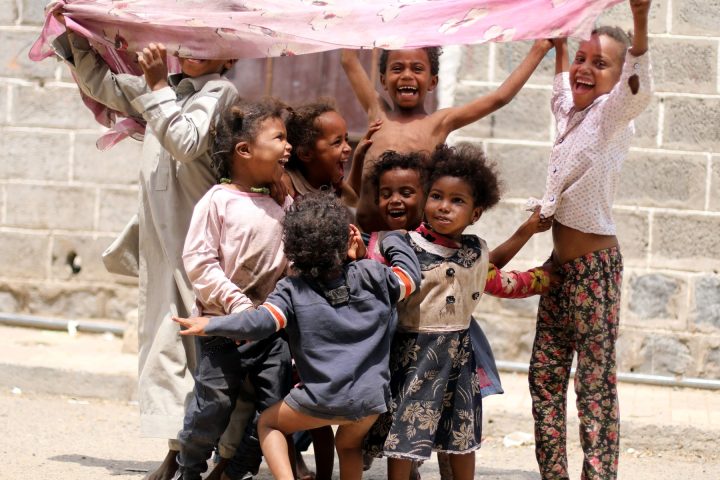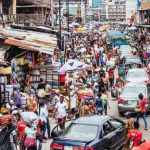Weeks after the Canadian Housing Minister, Sean Fraiser, disclosed that Canada is currently faced with the increasing cost of accommodation, it has emerged that several people are now homeless in the North American country as housing prices and rents have increased in local real estate markets.
Canada has remained a prime destination for Nigerians who have in recent times been trooping to that country in search for greener pastures, although under the guise of educational tourism. The situation is such that as of the first quarter of this year, the number of Nigerians moving to Canada surged to the highest in nine years. It has become the country of choice because it is relatively easy to obtain a work permit.
Join our WhatsApp ChannelData from the Immigration, Refugees and Citizenship Canada (IRCC) show that the country recorded 5,755 Permanent Residents (PRs) from Nigeria in Q1 2023, an increase of 32.5 percent from 4,345 in the same period of 2022. The fad of migrating from Nigeria to countries with better opportunities is popularly referred to as “Japa” – a Yoruba word that means to cut loose.
The IRCC data further revealed that Nigeria ranked fourth in Canada’s top 10 immigration sources list behind Philippines (8,070), China (11,390) and India (46,055). The rest of the six countries are U.S (4,265), France (3,825), Pakistan (3,095) Brazil (3,060), Eritrea (3,025) and Afghanistan (2,905).
Latest reports have now indicated that tens of thousands have started living on the streets of Canada as well as in cemeteries. A new study conducted in September has it that one in two homeless people in Quebec can be located in rural areas of the eastern province rather than primarily in Montreal, as was previously the case.
India Times reported that in a Quebec government assessment, nearly one in every four homeless people ended up on the street after being evicted from housing.
The number of homeless people in Quebec rose by 44 per cent between 2018 and 2022, reaching 10,000 last year.
It said indigenous people, who constitute 5 per cent of the Canadian population, are overrepresented in the streets, particularly Inuit, according to a director of a local anti-poverty organisation, Karine Lussier, adding that “in Granby alone, we need at least 1,000 affordable housing units.”
The report revealed that some people have been living in a temporary camp in a cemetery in Granby, a town of 70,000 people 80 kilometres (50 miles) east of Montreal.
One of the affected persons, Danny Brodeur-Cote has been living in a temporary camp in a cemetery in Granby, for months after being evicted from an apartment he shared with his girlfriend in June.
“I work five days a week,” he said. “What little housing there is is much too expensive,” Brodeur-Cote added.
Speaking on the trend, the Mayor of Granby, Julie Bourdon said, “Visible homelessness did not exist three years ago in Granby, [but] rents are very high now compared to two years ago.”
Rather than destroying the camps and transferring the residents, the city chose to keep what it called “places of tolerance.”
Also speaking, France Belisle, the Mayor of Gatineau, a city of over 300,000 people across a river from Ottawa, feared that the issue could simply be the tip of the iceberg because these are “the figures compiled a year ago.”
While the costs of living soar in Canada, the government data said there are around 235,000 homeless people in Canada, but this only includes people who use shelters.
This was revealed by the University of Western Ontario professor, Cheryl Forchuk, who, like Belisle, believes the true picture is significantly worse.
“We are largely underestimating the number… we could probably triple the current federal estimates,” she stated.
The North American country’s Prime Minister, Justin Trudeau admitted in September: “We now find ourselves in a situation where even well-off people have difficulty with housing”.
Despite the housing and rent challenges confronting its citizens, Canada is still receiving immigrants from across the globe including Nigerians. The country’s aging population and lower birth rate has been shrinking its labour force, forcing it to intensify efforts to attract large, young and vibrant immigrants by offering immigration-friendly policies.
READ ALSO: 25 Visa-Free, Visa-On-Arrival Countries For Nigerians
Recently, the Canadian federal government announced an aggressive plan to take in 500,000 immigrants a year by 2025, with almost 1.5 million new immigrants coming to the country over the next three years.
Fraser, who was Immigration Minister before being redeployed to Housing last month, has observed that the sharp rise in the number of students was putting pronounced pressure on some housing markets.
On the sidelines of a recent cabinet retreat in the Atlantic province of Prince Edward Island, Fraiser was asked if the Canadian government would consider imposing a limit on the number of international students, and responded thus: “I think that is one of the options that we ought to consider.”
This was as he pointed out that “We’ve got temporary immigration programs that were never designed to see such explosive growth in such a short period of time”.

















Follow Us